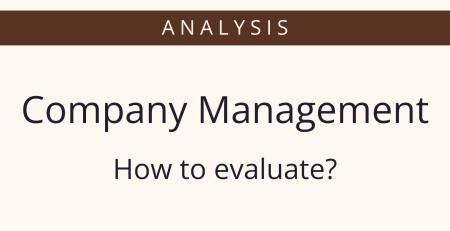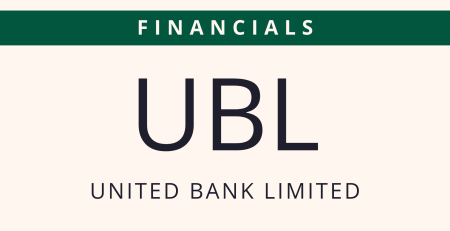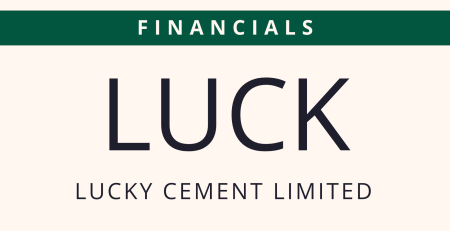Retail Investor Participation in Pakistan’s Evolving Equity Landscape.
Introduction
Over the past few years, Pakistan’s stock market has witnessed a remarkable transformation as retail investors have emerged from the shadows to become a central force on the Pakistan Stock Exchange. What was once an arena firmly dominated by institutional investors is now more democratic, vibrant, and dynamic. By July 7, 2025, the benchmark KSE100 index surged past 133,370, a historic high an impressive extension of its prior rally (today it stands near 133,183) This surge has fueled unprecedented momentum: the index has appreciated roughly 65% over the past 12 months, with 15 – 16% gains year-to-date. More optimistically, analysts forecast another 27 – 37% by year-end, including a projected 10% dividend yield, supported by falling bond yields and macroeconomic stability.
Digital Platforms & One-Share Lot Reform
At the heart of this retail revolution lies technological innovation. PSX has introduced eIPO systems, mobile trading, AIdriven analytics, The most transformative change, however, has been the introduction of one-share marketable lots, enabling investors with limited capital to buy even a single share a policy aimed squarely at broadening financial inclusion and democratizing investment. This shift has paid immediate dividends. Retail participation now represents approximately 220,000 active accounts, accounting for nearly one-third of all investor activity on PSX. Though only about 5 – 10% of these accounts trade weekly, the impact on liquidity and market depth has been profound.
📢 Announcement: We're on WhatsApp – Join Us There!
Liberalization & Institutional Renewal
This retail upsurge works in tandem with broader structural and macroeconomic reforms. The Pakistani government, supported by IMF recommendations, has embarked on an ambitious privatization drive targeting over 50 state-owned enterprises moving beyond strategic exceptions and significantly curbing inflation from nearly 38% in 2023 to about 3.5% in May 2025. Simultaneously, interest rates have eased from highs above 12% to roughly 11 – 12%, reducing the attractiveness of fixed-income investments. This declining yield environment has drawn both retail and institutional investors towards equities. Foreign investors have begun reengaging as well, with 2024 marking the highest equity inflows since 2014 nearly US $87 million. By February 2025, total market capitalization stood at approximately US $50 billion, equivalent to roughly PKR 15 trillion. Such milestones reflect a deeper market, richer in breadth and depth than seen in recent memory.
Booms, Busts & Investor Sentiment
The shift toward democratized ownership has added liquidity and buoyed valuations. Yet, it also ushers in newfound volatility. For instance, in early April 2025, global market jitters sparked a substantial drop about 5.3% intraday on the KSE100 mirroring declines in global commodity and equity markets. Conversely, the market rebounded swiftly: calmer geopolitical conditions and a ceasefire infused optimism, and, in the first week of FY26 (July 1, 2025), the index climbed sharply past 128,000, gaining over 2,572 points (approximately 2.05%). Sentiment, amplified by social media, plays a decisive role. Retail chatter around expected bank dividends, positive US Pakistan trade developments, or IMF breakthroughs can swing sectors like banking and textiles sharply even in the absence of material earnings changes
A More Mature, Yet Delicate Market Dynamics
Combining structural reform, macroeconomic stability, technological innovation, and retail democratization, Pakistan’s stock market has blossomed into a modern, accessible, and resilient market. With the one share rule enhancing inclusivity, digital platforms lowering friction, and institutional reforms underpinning confidence, the environment is ripe for continued growth yet the potential for rapid swings remains real, even exciting. Retail investors now navigate market trading at roughly 10.6× P/E above the three-year average of around 5.7× reflecting optimism about future earnings, particularly from banking, consumer discretionary, and energy sectors where returns have far outpaced the broader market. Earnings forecasts of 6–7% annual revenue growth are encouraging, though downside risks remain, tied to political noise, regional instability, FX shocks, and global economic slowdowns.
Impact on Stock Market Dynamics
Over recent months, the surge in retail participation on the PSX has significantly altered the market’s character, deepening liquidity while simultaneously magnifying volatility. While retail investors have injected remarkable trading volume, particularly in small and mid-cap stocks, their emotional and sentiment-driven decisions often amplify price swings. Studies show that positive investor sentiment in Pakistan has buoyed prices temporarily, yet negative sentiment triggers sharper drops in the short term. This combination of greater liquidity and higher volatility has, at times, reached boiling point, prompting PSX to activate circuit breakers during episodes of extreme retail-fueled excitement or panic. The global phenomenon of short squeezes and meme stocks has found echoes in Pakistan, albeit less dramatically. Yet, the resurgence of meme stock behavior internationally such as the April 2025 spike in AMC (up 120%) and renewed interest in GameStop highlights the potential for viral, retail-led rallies. Although widely reported meme-stock episodes remain rare on PSX, they underline a shift: traditional financial models are no longer sufficient. Institutional investors increasingly incorporate sentiment analytics into their risk models to hedge against unpredictable retail trends.
Don't miss:
- Which cars are driving the rally in auto stocks?
- 5 High ROE stocks according to Topline Securities
- Why TPLP could go higher.
Algorithmic trading reacts swiftly to retail patterns. When retail investors collectively buy into a stock, trading algorithms often aggressively amplify the movement, leading to sharper momentum swings. Local hedge funds and market-makers are now subscribing to AI-based sentiment feeds to assess potential retail momentum and fine-tune their automated responses. Meanwhile, high-frequency trading players capitalize on these minute-by-minute fluctuations, exploiting retail-driven volatility for rapid gains. Another notable effect is the rising interest in ETFs and passive instruments among retail participants. PSX-listed ETFs such as the HBL Total Treasury ETF and channeled equity ETFs have gained traction, offering retail investors diversified exposure without the risks of single-stock bets. However, volumes suggest early adoption remains cautious, and reliance on broker advice may be influencing preference away from ETFs. Passive inflows are steadily tilting capital into large-cap, benchmark-tracking instruments, potentially undermining price discovery and inflating valuations of index constituents.
Balance of Risk and Reward
For retail investors, the transforming environment offers both promise and peril. On the upside, those who apply informed strategies particularly in booming sectors like banking and energy can outperform, as these sectors have seen robust earnings and positive sentiment. The expanding availability of robo-advisors, ESG and thematic ETFs aligns well with increasingly sophisticated retail preferences. Yet lack of experience remains a significant hazard. Overconfidence, herd mentality, and behavioral biases have been well-documented among Pakistani investors. These biases fuel overtrading, emotional exits, and losses, especially when social media amplifies speculative narratives. Pump-and-dump schemes and coordinated sentiment can lure unsophisticated traders into shallow micro-cap stocks where fundamentals give way to hype. In response, regulatory attention is increasing. Authorities are discussing stricter disclosure for trading platforms, safeguards on leverage, and restrictions on access derivatives for inexperienced participants. There are proposals to tax short-term capital gains more heavily as a deterrent against frequent speculative trades policy direction mirrored in multiple emerging markets globally.
The rise of retail investors in Pakistan’s markets mirrors global fintech-driven democratization of finance. This influx has enhanced market liquidity, broadened participation, and stimulated innovation in retail financial products. Simultaneously, it has introduced new forms of volatility, sentiment-driven risk, and regulatory complexity. Ultimately, the direction forward hinges on balance. Retail investors who improve their financial literacy and adopt disciplined, long-term strategies stand to benefit significantly. At the same time, regulators and institutions must introduce safeguards.
⚠️ This post reflects the author’s personal opinion and is for informational purposes only. It does not constitute financial advice. Investing involves risk and should be done independently. Read full disclaimer →













Leave a Reply